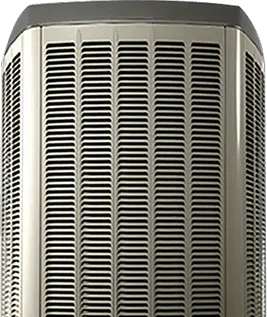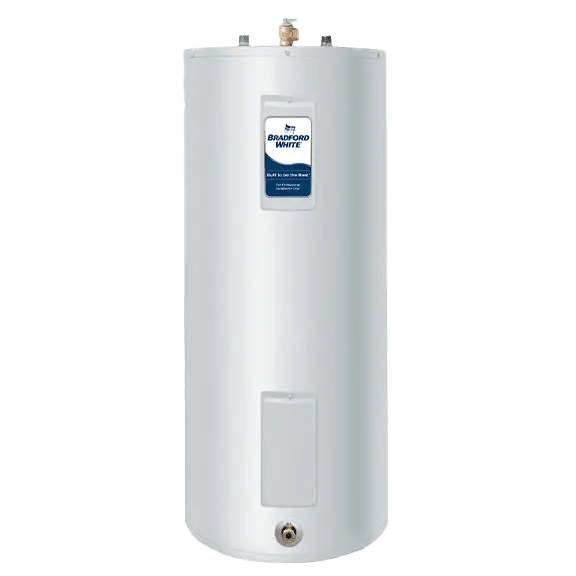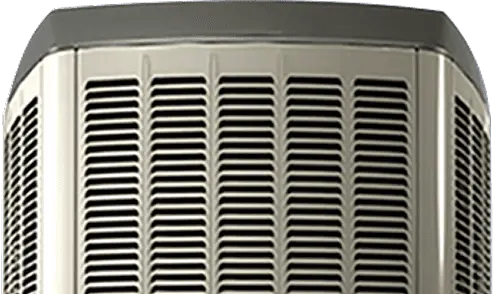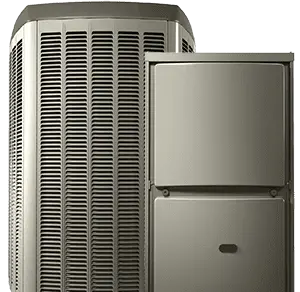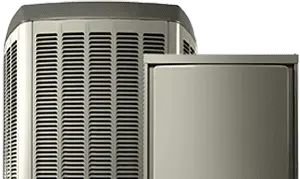Heating and Cooling Services Brampton Homeowners Count On
When the seasons shift, your home should stay perfectly comfortable. Peel Heating and Air Conditioning delivers professional, trusted HVAC services across Brampton and the surrounding communities. With a history dating back to 1981, we’ve helped thousands of families heat, cool, and protect their homes with systems built to last.
Whether it’s a furnace upgrade, a high-efficiency heat pump install, or round-the-clock emergency repair, our team is fast, friendly, and fully certified. With Peel, you get more than just a service call, you get a long-term partner in home comfort.

For more details, read our reviews:
Read our reviewsFind a Home HVAC Technician Near You:
Peel Heating and Air Conditioning proudly serves homes across Brampton and neighbouring areas:

We know that time is critical when things go wrong.
We understand how stressful it is when your heating, cooling, plumbing, or electrical system breaks down. That’s why Peel Heating and Air Conditioning is ready to respond quickly with emergency service across Brampton and nearby areas, including weekends and holidays.
Our certified team handles everything from furnace failures and AC breakdowns to burst pipes and electrical issues. We arrive fast, diagnose accurately, and deliver reliable repairs that last. You won’t be left waiting when you call Peel, we’re ready when you need us.
Find the Right HVAC Solution
Not sure which HVAC system is best for your home? Our comfort advisors will assess your space, listen to your needs, and recommend energy-efficient options that work for your budget and lifestyle. Whether you’re replacing a furnace, upgrading to a heat pump, or booking a seasonal tune-up, we’ll help you make a smart, informed choice.
Fast Service & Savings
Choosing the right HVAC system doesn’t have to be overwhelming. We’ll inspect your home and recommend the best solution based on your unique needs and budget. Whether it’s a brand-new install or a tune-up to keep things running well, we’ll be there in no time.
Experienced, Skilled & Ready to Help
Our technicians are trained to work with all makes and models of HVAC systems, and we continuously stay up to date with the latest technologies. From same-day emergency repairs to long-term care plans, Peel Heating and Air Conditioning is your go-to team for heating, cooling, plumbing, and electrical work in Brampton.
Book your consultation with Peel Heating and Air Conditioning today.
Ready for fast, reliable service in Brampton? Call Peel Heating and Air Conditioning today at (289) 498-2952 or schedule your appointment online.
Schedule a consultation for heating & cooling services in Brampton.

Our HVAC Services
Home comfort means more than just heating and cooling. It means reliability, energy savings, and peace of mind through Brampton’s extreme temperature swings. At Peel, we offer complete HVAC services that keep your home running efficiently all year long. From system design and installation to maintenance and 24/7 repairs, we’re here to help.

Heating Services
Boilers
From radiant heat to high-efficiency systems, we install, maintain, and repair all types of boilers for year-round comfort.
Centralized Heating Systems
We optimize centralized heating for balanced airflow, consistent temperatures, and energy-efficient performance.
Furnace Installation
Our certified team handles proper furnace sizing and expert installation for maximum efficiency and reliability.
Furnace Repairs
Available 24/7, our furnace repair services keep your heat running when it matters most.
Heat Pumps
We install and maintain hybrid systems that provide both heating and cooling for efficient comfort all year.
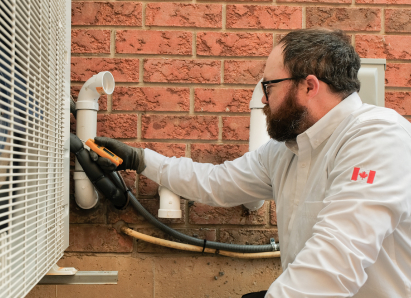
Air Conditioning Services
AC Installation
Professionally installed, energy-saving air conditioners sized for your home and cooling habits.
AC Inspection
Regular checkups that catch issues early and help your system avoid mid-season failures.
AC Repairs
Fast, expert service for breakdowns and performance issues—available anytime you need us,
Heat Pumps
One system, two functions. Heat pumps keep your home cool in summer and warm in winter.
UV Air Purifiers
We install advanced air purification units to remove bacteria, allergens, and airborne pollutants.
Humidifiers
Proper humidity control helps reduce dry air, static, and irritation. We install and service whole-home systems.
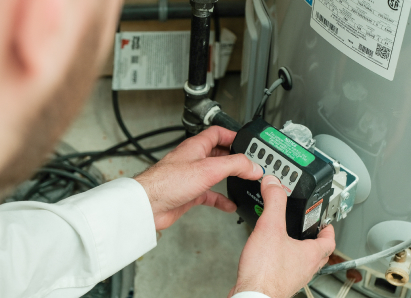
Water Heaters
Water Heater Repairs
If your hot water stops flowing, we troubleshoot and repair tanks quickly and effectively.
Water Heater Installation
We replace aging systems with modern, energy-efficient tank or tankless water heaters.
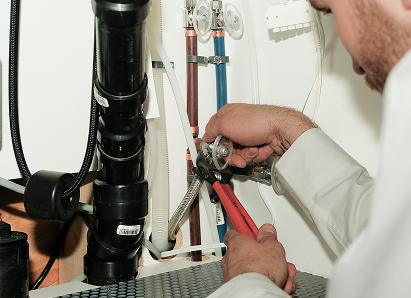
Plumbing Services
Faucets
Leak repairs, fixture replacements, or new installs—done neatly and quickly.
Emergency Plumbing Services
24/7 support for burst pipes, flooded basements, and urgent plumbing failures.
Kitec Plumbing
Full removal and replacement of outdated Kitec piping for long-term peace of mind.
Plumbing Repairs
We handle everything from tiny leaks to major pipe issues—accurately and safely.
Sinks
Installations and upgrades for kitchen, bathroom, and utility sinks, done to spec.
Sump Pumps
We install and maintain sump pump systems to protect your home from water damage.
Toilets
Whether it’s a quick repair or a full replacement, we handle toilet issues with speed and care.
Water Quality
Improve taste, remove impurities, and protect plumbing with filtration and softening solutions.
Hydro-Jetting
Powerful cleaning using high-pressure water to break up clogs and buildup in pipes and drains.
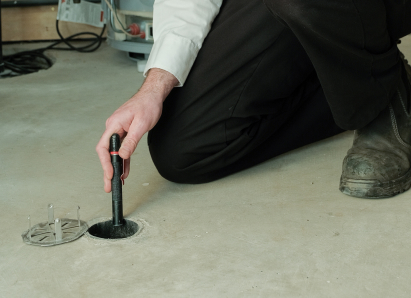
Drain & Sewer Systems
Water Cleanup & Restoration
When water damage strikes, we’re ready to clean, dry, and restore your home fast.
Waterproofing & Foundation Repair
We prevent water intrusion at the source with structural sealing and expert foundation solutions.
Exterior Basement Waterproofing
Shield your basement from outside moisture with proactive, professional waterproofing.
Sewer Subsidy Programs
We help Brampton homeowners access city rebate programs for flood protection upgrades.
Drains
We clear blockages, prevent backups, and keep water moving freely through your system.
Brampton’s Residential HVAC Experts
40+ Years of Proven Experience You Can Count On
Peel Heating and Air Conditioning has been Brampton’s trusted comfort partner since 1981. With over 40 years of proven service, we’ve helped thousands of homeowners keep their spaces warm in the winter and cool in the summer. From system upgrades to complex repairs, our legacy is built on expert workmanship and long-standing customer trust.
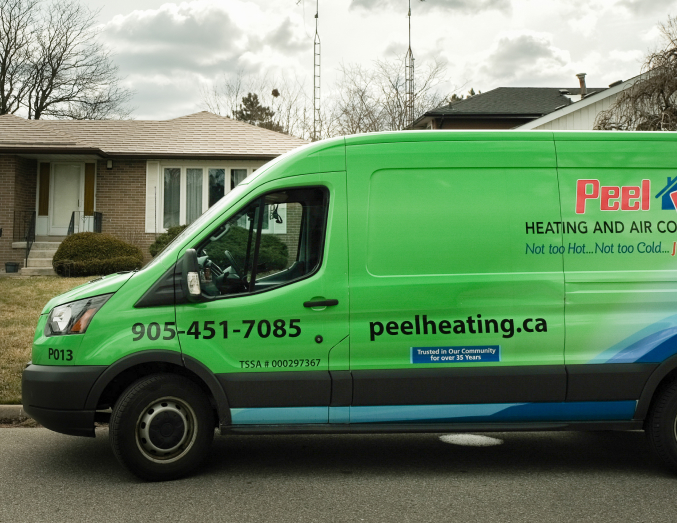
24/7 Emergency HVAC Service
Heating emergency on a Sunday? AC failure in the middle of the night? We’re on call 24/7. Our team responds fast, diagnoses quickly, and gets your system back up and running with minimal hassle—so your comfort is never left waiting.
Certified, Background-Checked Professionals
You deserve technicians you can trust. That’s why every Peel technician is fully licensed, professionally trained, and thoroughly background-checked. When we enter your home, you can expect courteous, qualified pros who care about quality
Upfront, No-Surprise Pricing
We believe in complete transparency. That’s why we provide detailed estimates before beginning any work. With our upfront pricing, there are no hidden fees or unexpected charges—just fair, straightforward service that respects your time and your budget.
Satisfaction Guaranteed
Your satisfaction isn’t just a goal—it’s our guarantee. If something’s not right with your HVAC service within the warranty period, we’ll come back and address it—no stress, no extra cost. We take your comfort seriously, and we stand by our work.
Complete Home Comfort Solutions
Our services go far beyond heating and cooling. From indoor air quality and plumbing to energy-efficient water heaters and duct services, Peel Heating and Air Conditioning is your one-stop shop for home comfort. Our integrated approach means your entire home works in sync—efficiently, safely, and reliably.
Hear from Brampton Homeowners Who Choose Our HVAC Services
Peel Heating and Airconditioning replaced our old furnace and AC. Mike was upfront in explaining all the options available and was able to offer a deal we could not refuse.
Kawal and Rupinder arrived on time to install a new air-conditioning unit, a new furnace with air purifier and brand new thermostat. Even though they had restricted space and it was a rainy day they finished their work on time. They explained everything and were prompt in answering all our questions. Overall it was a pleasure dealing with Peel even though we were skeptical at first. Thank you for making this a no sweat purchase and install.
First Tune up if the airconditioning. Lots of dandelion seeds but Peter took care of it.
Update - second tune up. Kyle was very helpful in cleaning and making sure the air-conditioning works fine when the heat wave hits.
